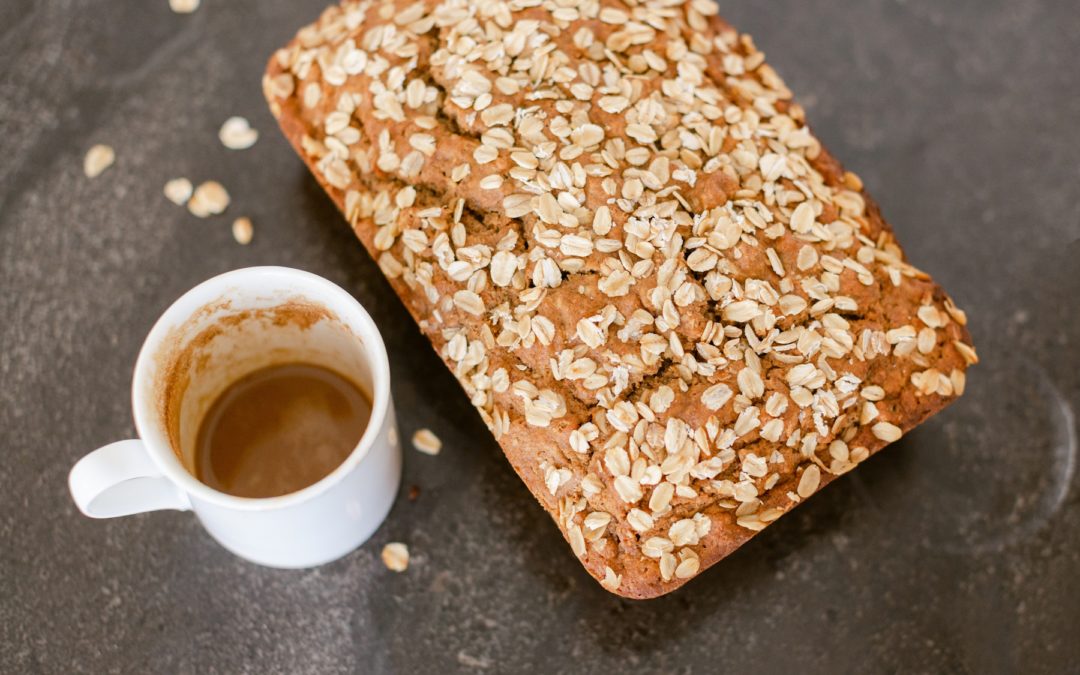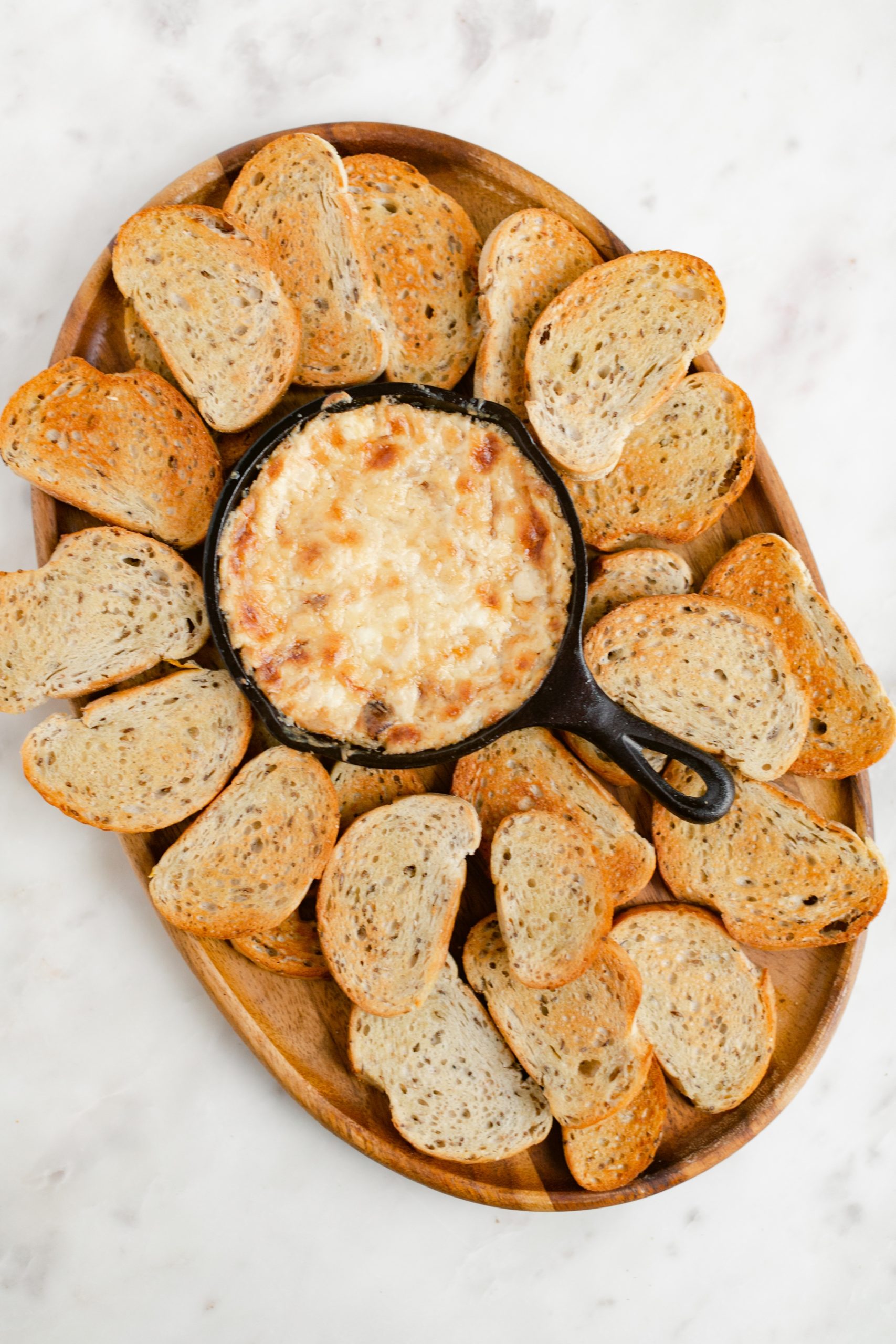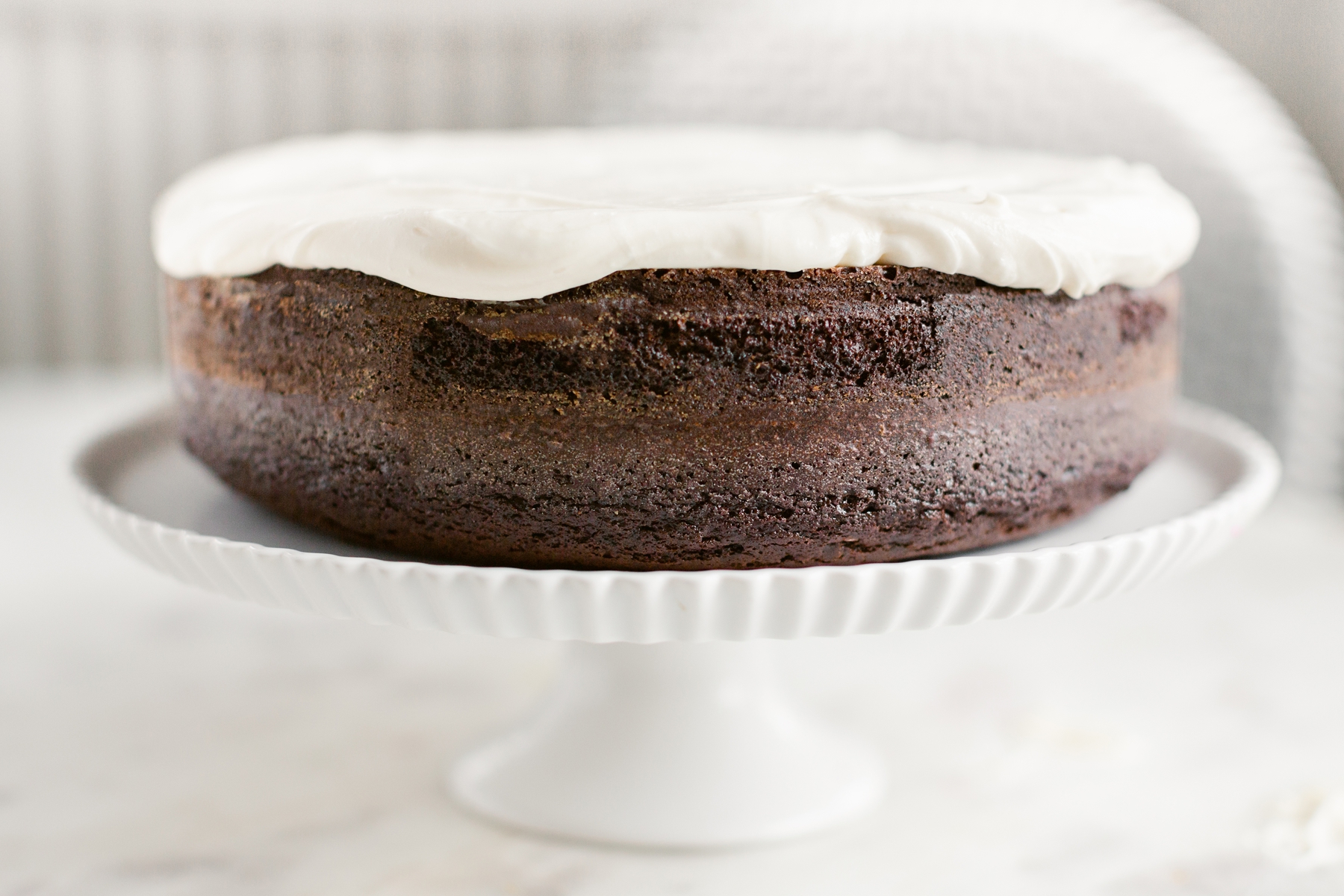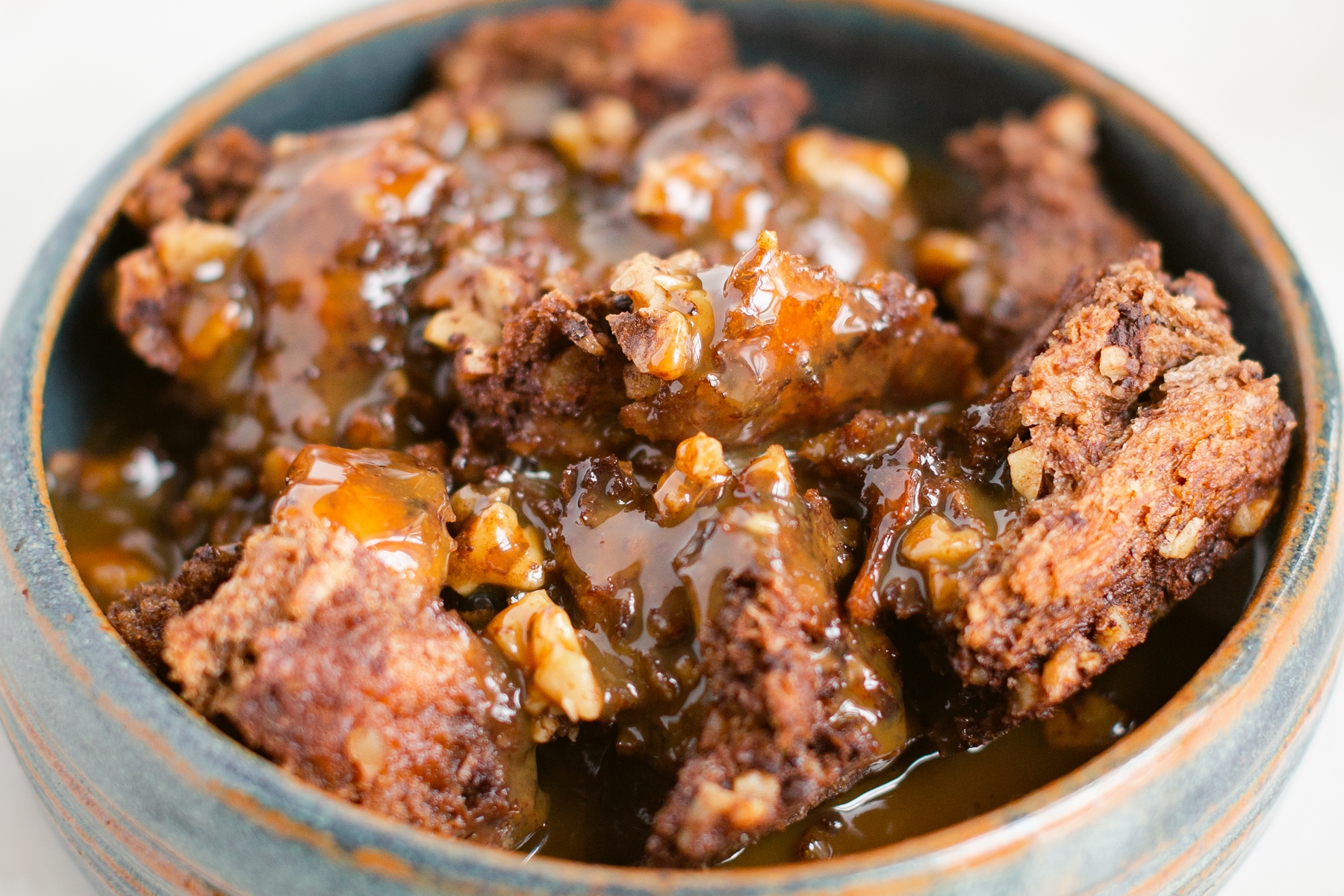Top of the mornin’ to ya! Today we’re talking about cooking with beer, specifically Guinness. St. Patrick’s Day is right around the corner and whether you’re 1% or 100% Irish, we have a few recipes to knock your green and white striped socks off.
But first…science! We’ve all added beer to stews, BBQ and eaten our fair share of beer battered onion rings, but have you ever stopped to ask why?
Turns out beer adds three distinctive features to the taste of food and we’ve been using it as an ingredient since the ancient Egyptians were constructing the pyramids. The hops add bitterness, the malt adds sweetness and the flavor of yeast complements them both. Dark beers like Guinness also provide a distinct roasted flavor. To understand how those flavors end up in your recipe, let’s begin today’s lesson with the alcohol molecule.
THE ALCOHOL MOLECULE
Not sure if you know this, but the alcohol molecule is pretty remarkable and a little slutty, but in a good way. It loves to interact with everyone and everything, making some mornings very awkward. It swipes right on water molecules. It swipes right on fat molecules. It basically hooks up with anything that crosses its path, but whatevs, no judgment here.
This ability to bond with multiple partners has a bunch of stuff to do with polarity and hydrogen bonds and things you need two semesters of chemistry to understand. So, we will kind of gloss over the science stuff to get to the end result. When bonded with fat, alcohol molecules pull aromatics such as garlic straight to the surface for our noses and taste buds to enjoy. When bonded with water, it transports various flavors to the cellular level of the food that it is seasoning. Like salt, it enhances whatever flavors you add. Pretty cool, right?
MORE FLAVOR PLEASE
Not only will beer enhance the flavors of the other ingredients in your dish by bonding with them, it also leaves flavors of its own once the alcohol evaporates. When the malts are roasted in the beer making process, it creates flavors such as caramel, toast, nuts, chocolate and too many others too count. Dark beers like Guinness that are roasted can even add earthy and smoky flavors. Why do you think there are so many types of beer? There are endless varieties of Ales, Lagers, and Saisons. (I threw that last one in there to sound cool, even though I know it didn’t help.) The long and short of it – every beer adds its own unique flavor profile. It’s fun to experiment!
WE LOVE BUBBLES
But wait, there’s more foody science to explore like adding carbon dioxide. Obviously beer is carbonated, henceforth the bubbles. When you add beer to batter, the bubbles get trapped in the mixture, which makes baked goods and breaded items, like those onion rings we talked about earlier, light, airy and crisp. So, on top of adding and enhancing flavor to recipes, beer can also enhance texture.
BUT DON’T TAKE OUR WORD
So now that you have a very basic understanding of cooking with beer, why not try some of our favorite recipes listed below. We promise you will love them!
Guinness Bread Pudding with Salted Caramel Sauce
Guinness Dubliner Dip with Rye Toast
Guinness Chocolate Cake with Bailey’s Irish Cream Cheese Frosting
Watch our Segment
For more fun with Guinness watch our segment with Chelsea on Fox 2 Studio STL.









Recent Comments